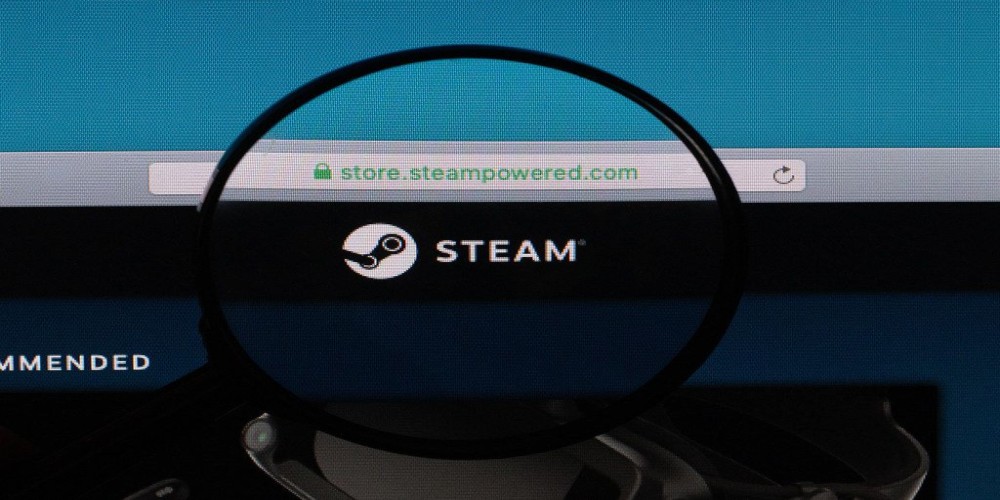Navigating Steam Downtime: A Gamer's Guide
- 988

Steam, the leading digital distribution platform for PC gaming, has become an essential part of the gaming community's daily life. With its vast library, community features, and seamless updates, it’s hard to imagine a day going by without accessing Steam for our gaming needs. However, like any online service, Steam isn't immune to network issues and downtime. Understanding how to check Steam's server status and deal with connection problems is crucial for any dedicated gamer looking to minimize their downtime and get back to gaming as soon as possible.
The foundation for discerning whether Steam's servers are down lies in knowing where to look. Several tools and websites offer real-time insights into Steam's server status, not directly affiliated with Valve but leveraging the platform's transparent APIs to provide up-to-date information. These resources are invaluable when it comes to determining if the problem is on your end or if Steam is experiencing wider issues. They provide detailed overviews, including server loads for specific games, the functionality of the Steam Store, and the status of the Steam Community pages. If these tools show that everything is operating as normal, the issue might lie within your local setup or Internet connection.
Before you resign yourself to waiting out a server issue, there are a few troubleshooting steps you can take. Checking whether Steam is accessible on another device can help you pinpoint whether the problem is network-wide or specific to your machine. Social media platforms and sites like Down Detector offer a community-driven perspective on current outages, with real-time reports from other users who might be experiencing similar issues. These platforms quickly become hubs of information during widespread service disruptions.
In instances where the issue seems isolated to your connection, there are several potential remedies. Simple actions like restarting your device, the Steam application, or your home router can sometimes resolve connection issues. Alternatively, logging out of your Steam account and then logging back in can also help refresh your connection to the servers. If you've tried these steps without success, it may be best to wait a while before trying again. Valve has a strong track record for quickly resolving service disruptions, thanks to the vast user base that depends on Steam's reliability.
In conclusion, while Steam's network issues can be a temporary hicarshi for an eager gamer, knowing how to verify server status and undertaking basic troubleshooting can help alleviate the frustration. Whether the problem is widespread or localized, the tools and strategies outlined above offer a proactive approach to managing and mitigating downtime on Steam. With a little patience and the right resources, you'll be back to gaming in no time.
